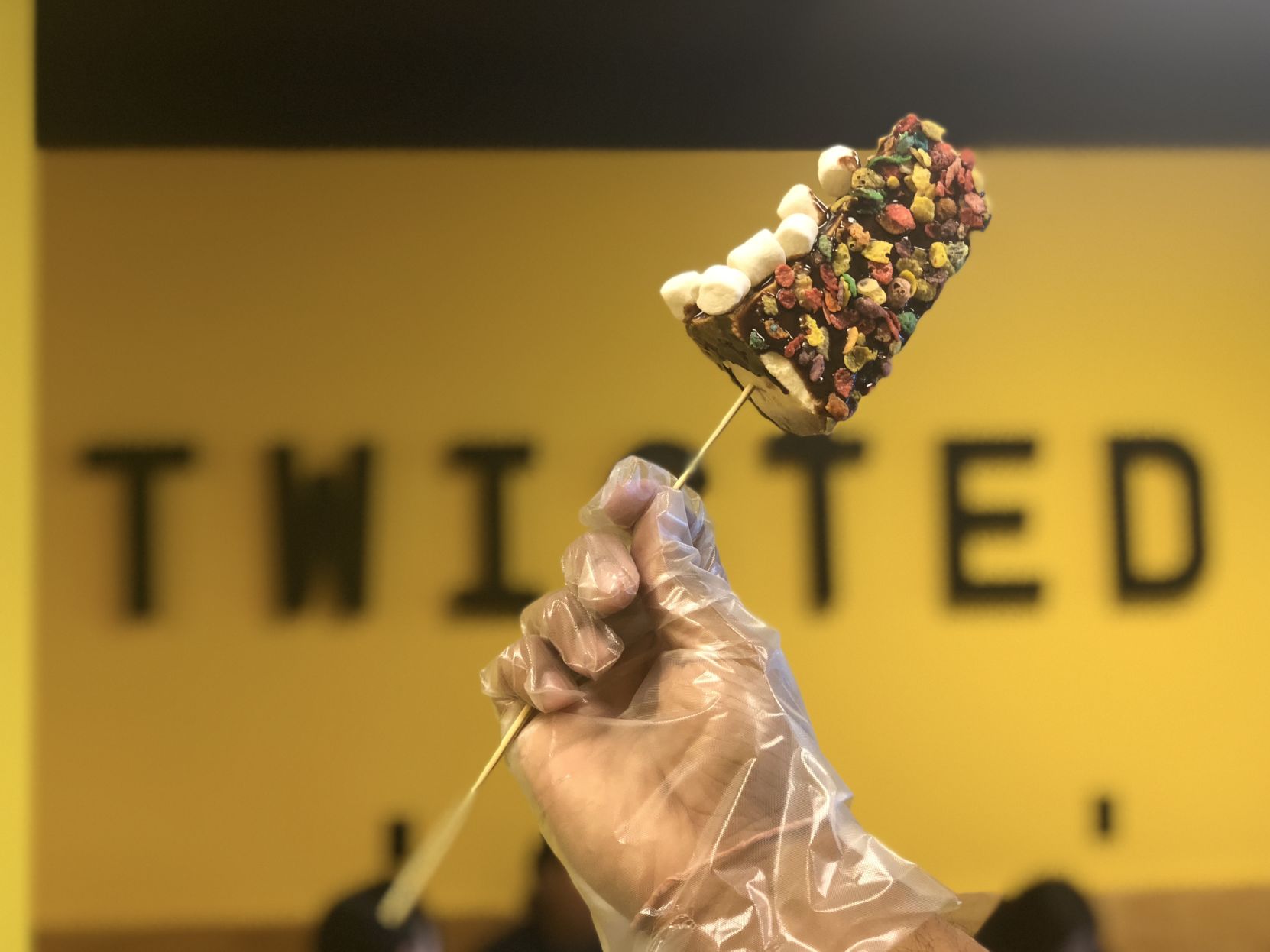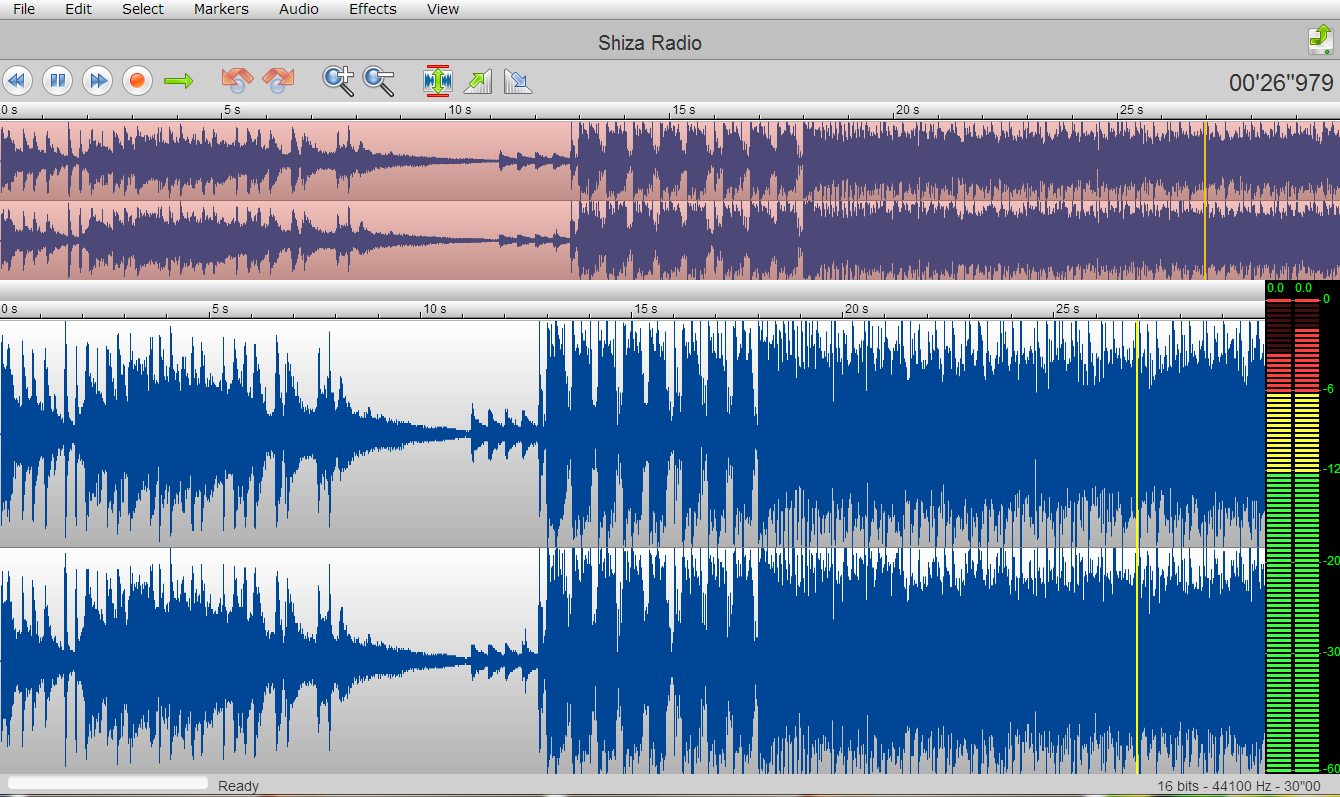

Here’s the script in the Script cue in the example workspace:
#TWISTED WAVE MAC FULL#
Here it is in action, best viewed full screen: The script grabs each chapter time and creates a Player, and sends the key combination to QuickTime player to step through all This technique opens the target video file of the selected cue in QuickTime QLab can convert into slice markers in the normal way.Įxample 3: Importing chapters from a. Save the audio file, and you now have an audio file with regular markers that The session info text file from ProTools: In TwistedWave, choose Import Markers… from the Markers menu, and select

You then need to open the audio file in an audio editor capable of recognizingĪnd parsing a ProTools session text file. The resultant text file will look something like this: Then, choose Export Session Info As Text from the File menu and deselectĮverything apart from Include Markers Set Time Format to “Mins:Secs” and Next, bounce or export your audio from ProTools to an audio file starting at Through a slightly involved process, however, you can get your session markersĬonverted to audio markers that QLab will import as slices when a cue is createdįirst, ensure all markers are absolute (i.e not bar’beat)

WAV and AIFF file formats they’re different.īouncing down a session to an audio file does not include the session markers in They are not standard markers as defined by the In ProTools, markers are created in the session on the ruler, rather than in Example 2: Importing markers from a ProTools session The audio file and its internal markers will never be altered.

Remember, QLab never edits the source file, so no matter what happens in QLab, Setting a new targetĪudio file with no markers will not clear existing markers in the cue. RetargetingĪn existing cue will not import any new markers as slices. Once QLab decides the sync relationship is broken, the slice markers whichĮxists in the cue will persist unless deleted or moved within QLab. QLab, or when changes are made in the external audio editor while the QLab The relationship breaks whenever anything relating to slices are adjusted in You can edit markers in the audio editor and the QLab cue will updateĪutomatically when the audio file is re-saved. Recognizes and displays as markers, those will work in exactly the same way.Īs long as the slice markers in the QLab cue and the audio file are the same, If you have markers that have been added in other programs that TwistedWave Show up as slices in QLab Audio cues that target that file. If you place markers in an audio file in TwistedWave and save the file, they This is, to begin with, a straightforward process. Example 1: Importing markers from an audio file The methods described here to export slice markers from QLab produce standard Well provide similar (or even superior) capabilities, but you will need to
#TWISTED WAVE MAC FREE#
It is beyond our resources to test and provide solutions for every MacĪudio editor TwistedWave has been selected because it’s capable, lightweight,įast, inexpensive, and comes with a free 30-day trial. Many of the examples use TwistedWave as the audioĮditor. ProTools session markers) as slice markers in QLab, and exporting slice markers This chapter deals with ways of importing markers from other programs (including


 0 kommentar(er)
0 kommentar(er)
